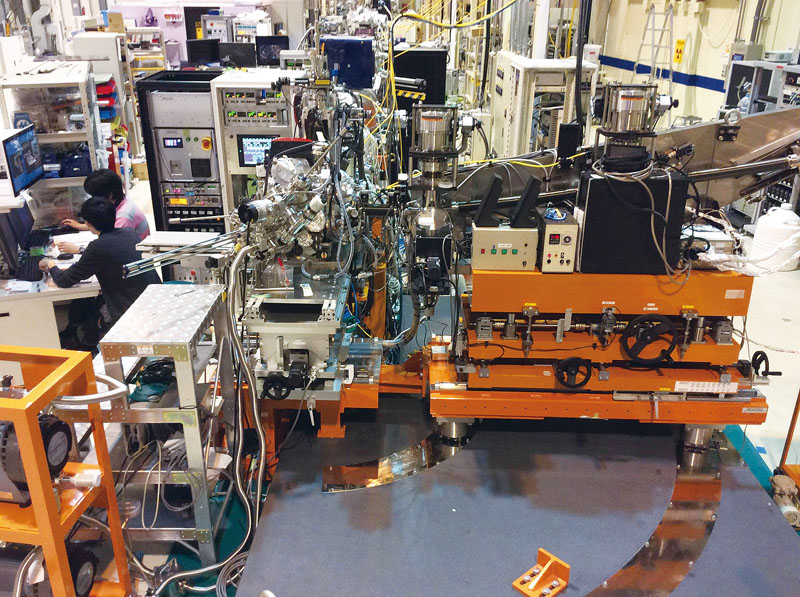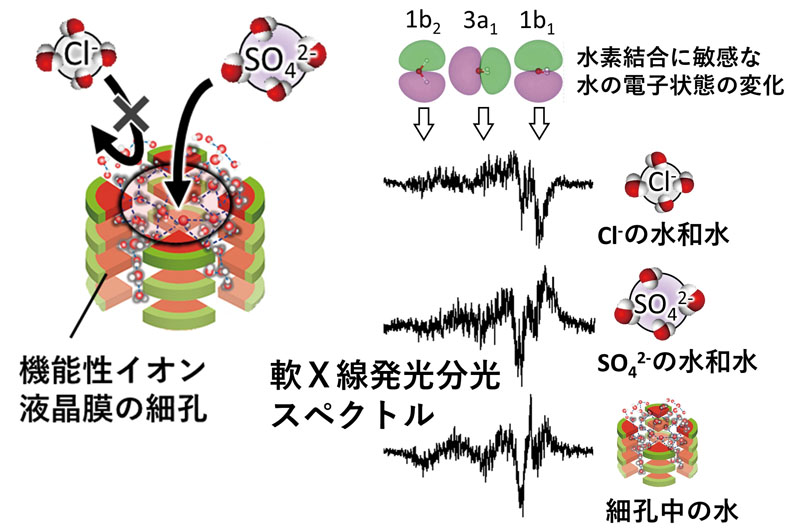Harada Group
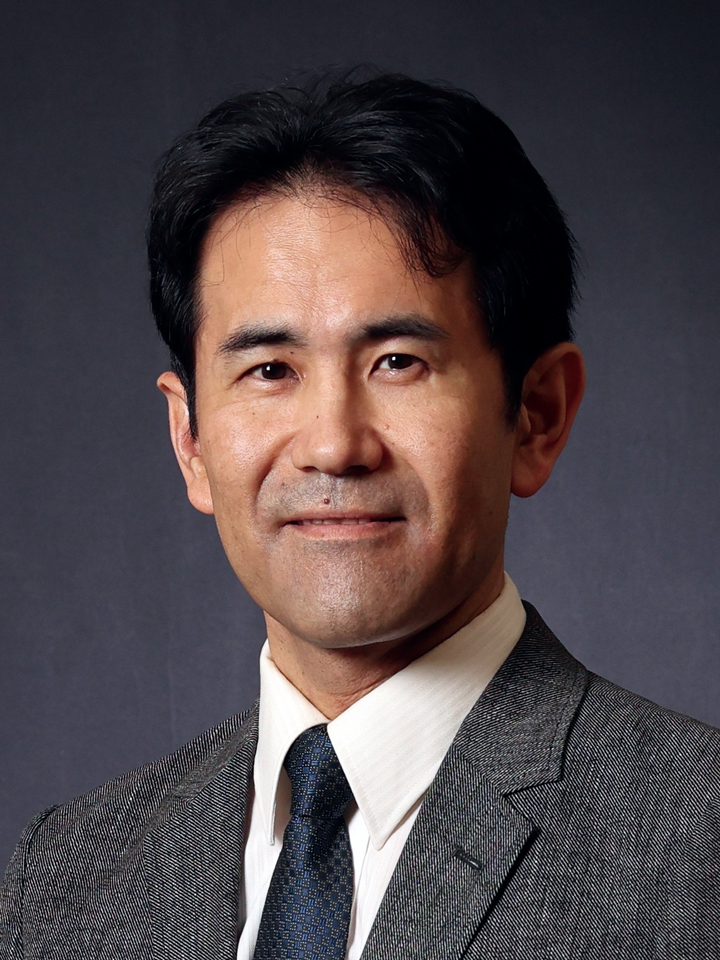
- Affiliation
-
Synchrotron Radiation Laboratory, Laser and Synchrotron Research Center
(concurrent with Functional Materials Group) - Course
- Adv. Mat., Frontier Sci.
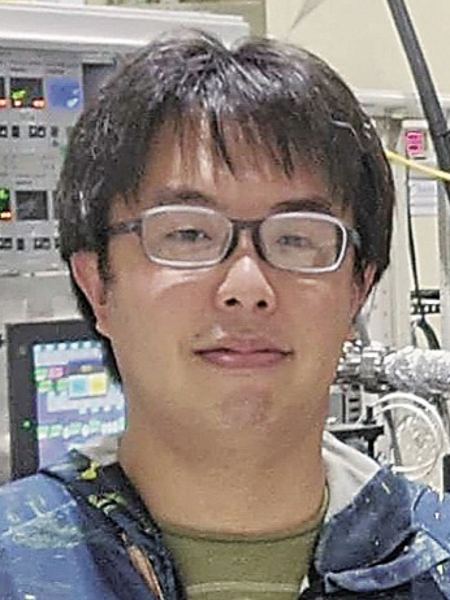 Research Associate KIUCHI, Hisao
Research Associate KIUCHI, Hisao
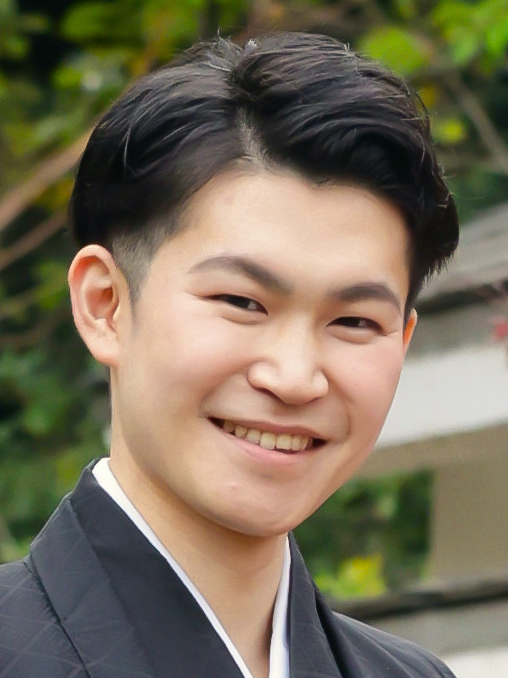 Project Research Associate SHIMAMURA, Takenori
Project Research Associate SHIMAMURA, Takenori
Research Subjects
- Electronic structure analysis of aqueous solutions to study microheterogeneity and interaction at solid-liquid interfaces
- Development of in situ soft X-ray spectroscopy for surface reaction of battery catalysts and electrodes, electrochemical reaction, photocatalytic reaction and functionality of metalloproteins
- Study on the origin and observation of elementary excitations (crystal field excitation, spinon, magnon, charge density wave, orbiton) in strongly correlated materials
- Basic study on ultrahigh energy resolution optics for soft X-ray emission and time-resolved spectroscopy
We explore the origin of the electronic structure of materials responsible for their electronic, magnetic and optical property using intense and energy tunable X-ray source: SPring-8, one of the most brilliant synchrotron facilities in the world. We have developed novel spectroscopies for material science in ‘soft’ X-ray region. We are leading the world’s soft X-ray emission spectroscopy, a kind of light scattering promising for electronic structure analyses of liquids and operando spectroscopy of a variety of catalysts. Our topics include a study on elementary excitations (crystal field excitation, spinon, magnon, charge density wave, orbiton etc.) in strongly correlated materials like Mott insulators and novel high-Tc superconductors, electronic structure analysis of aqueous solutions, interaction at solid-liquid interfaces, the surface reaction of battery catalysts and electrodes, electronic structure analysis of reaction center in metalloproteins, electrochemical and photocatalytic reactions. We also explore basic study on high performance soft X-ray absorption and emission spectroscopy for the next generation synchrotron light source.
